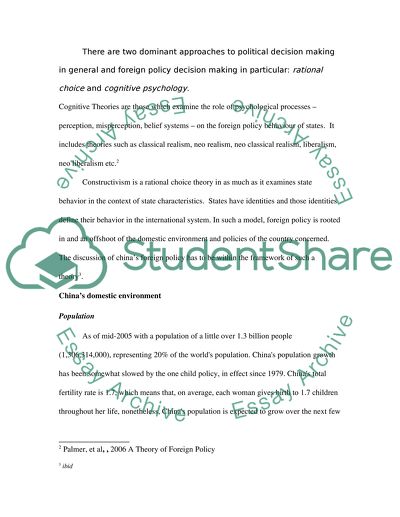Cite this document
(“Foreign Policy of China Essay Example | Topics and Well Written Essays - 4500 words”, n.d.)
Foreign Policy of China Essay Example | Topics and Well Written Essays - 4500 words. Retrieved from https://studentshare.org/politics/1508263-foreign-policy-of-china
Foreign Policy of China Essay Example | Topics and Well Written Essays - 4500 words. Retrieved from https://studentshare.org/politics/1508263-foreign-policy-of-china
(Foreign Policy of China Essay Example | Topics and Well Written Essays - 4500 Words)
Foreign Policy of China Essay Example | Topics and Well Written Essays - 4500 Words. https://studentshare.org/politics/1508263-foreign-policy-of-china.
Foreign Policy of China Essay Example | Topics and Well Written Essays - 4500 Words. https://studentshare.org/politics/1508263-foreign-policy-of-china.
“Foreign Policy of China Essay Example | Topics and Well Written Essays - 4500 Words”, n.d. https://studentshare.org/politics/1508263-foreign-policy-of-china.


